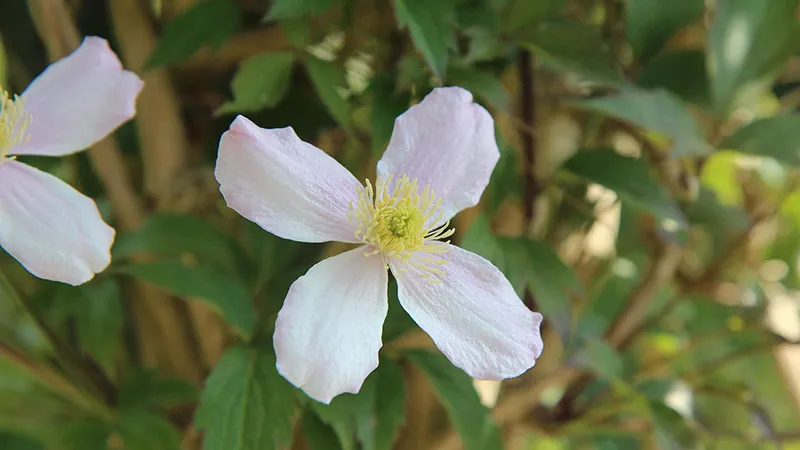Colstrip MontanaATTRACTIONS & THINGS TO DO
Listed below are the best attractions and things to do near Colstrip, Montana.
1. Schoolhouse History & Art Center
LOCAL HISTORY AND CULTURE
The Schoolhouse History and Art Center is Colstrip's original schoolhouse that has been transformed into a cultural hub. The center offers exhibits on local history and rotating art displays that showcase the region's heritage. Visitors can explore the town's coal mining past and appreciate works from local artists in this historic building.
2. Whiskey Gulch Saloon
LOCAL DINING AND ENTERTAINMENT
Whiskey Gulch Saloon is a popular local establishment offering classic American fare and drinks. The saloon provides a welcoming atmosphere where visitors and locals alike can enjoy hearty meals and socialize. It serves as a community gathering spot with occasional live entertainment in the evenings.
3. Colstrip City Parks
OUTDOOR RECREATION SPACES
Colstrip boasts an impressive 30 city parks spread across 300 acres of green space. These well-maintained parks offer various recreational facilities including playgrounds, sports fields, and picnic areas for families and outdoor enthusiasts. The extensive park system provides residents and visitors with ample opportunities to enjoy Montana's natural beauty within city limits.
4. Rosebud County Courthouse
HISTORIC GOVERNMENT BUILDING
The Rosebud County Courthouse is an impressive historical structure located in nearby Forsyth. The building features distinctive architecture that reflects the region's history and serves as the center of county government. Visitors appreciate both its historical significance and the opportunity to learn about local governance.
5. Deer Medicine Rocks
SACRED HISTORICAL SITE
Deer Medicine Rocks is a National Historic Landmark located 23 miles south of Colstrip. These sandstone cliffs are covered with significant petroglyphs and pictographs that hold cultural importance to indigenous peoples. The site is known for its spiritual significance and connection to Native American history in the region.
6. Little Bighorn Battlefield
HISTORIC MILITARY SITE
Little Bighorn Battlefield National Monument commemorates the 1876 Battle of the Little Bighorn between the U.S. Cavalry and several Native American tribes. The site offers a visitor center, museum exhibits, and interpretive trails that explain the historical significance of this famous battle. Visitors can view monuments honoring both the U.S. soldiers and Native American warriors who fought and died here.
7. Custer Battlefield Trading Company
NATIVE AMERICAN CRAFTS
Custer Battlefield Trading Company offers an extensive collection of authentic Native American arts, crafts, and souvenirs. The trading post features handcrafted jewelry, pottery, paintings, and traditional items created by local artisans. Visitors appreciate the opportunity to purchase unique cultural items while learning about Native American heritage.
8. Custer Battlefield Trading Post
SOUVENIRS AND HISTORY
Custer Battlefield Trading Post provides visitors with historical memorabilia related to the Battle of Little Bighorn. The trading post offers books, artwork, and souvenirs commemorating this significant historical event. It serves as both a shopping destination and an educational resource for those interested in Western American history.
9. Rosebud Mine Overlook
COAL MINING OPERATIONS
The Rosebud Mine Overlook provides visitors with a view of the 25,000-acre strip mine that has shaped Colstrip's economy. From this vantage point, guests can observe the massive coal extraction operation that produces 6-8 million tons of coal annually. The overlook offers interpretive information about the mining process and its importance to the local economy.
10. Colstrip Power Plant Visitor Center
ENERGY PRODUCTION EDUCATION
The Colstrip Power Plant Visitor Center offers educational tours about electricity generation in Montana. Visitors can learn about the coal-fired power generation process and the plant's significance to the regional energy grid. The center provides exhibits explaining the technical aspects of power production and the plant's economic impact on the community.
11. Northern Cheyenne Indian Reservation
NATIVE CULTURAL EXPERIENCE
The Northern Cheyenne Indian Reservation spans approximately 444,000 acres near Colstrip and offers visitors an opportunity to experience Native American culture. The reservation hosts cultural events, powwows, and contains sites of historical significance to the Northern Cheyenne people. Visitors can learn about indigenous traditions, purchase authentic crafts, and gain insights into contemporary Native American life.
12. Tongue River Reservoir State Park
WATER RECREATION PARADISE
Tongue River Reservoir State Park offers excellent opportunities for fishing, boating, and camping near the Montana-Wyoming border. The 12-mile long reservoir is known for its walleye, northern pike, and smallmouth bass fishing, drawing anglers from throughout the region. Visitors can also enjoy swimming, water skiing, and wildlife viewing in this scenic outdoor recreation area.
13. Chief Plenty Coups State Park
CROW CHIEF'S HOMESTEAD
Chief Plenty Coups State Park preserves the historic home and farmstead of the last traditional chief of the Crow Nation. Visitors can tour the chief's two-story log home, explore the interpretive center, and learn about Crow history and culture. The 195-acre park also features picnic areas, a sacred spring, and the chief's burial site.
14. Bighorn Canyon National Recreation Area
DRAMATIC CANYON VIEWS
Bighorn Canyon National Recreation Area features a spectacular 71-mile long canyon with walls rising over 1,000 feet above the Bighorn Lake. Visitors can enjoy boating, fishing, hiking, and camping amid stunning geological formations and diverse wildlife. The recreation area spans both Montana and Wyoming, offering exceptional outdoor adventures in a less-crowded setting than many national parks.
15. Pompeys Pillar National Monument
LEWIS AND CLARK HISTORY
Pompeys Pillar National Monument preserves the only remaining physical evidence of the Lewis and Clark Expedition, featuring Captain William Clark's signature carved into the sandstone in 1806. The 150-foot butte rises above the Yellowstone River valley, offering panoramic views of the surrounding landscape. Visitors can climb to view the signature, explore the interpretive center, and learn about the expedition's journey through Montana Territory.
